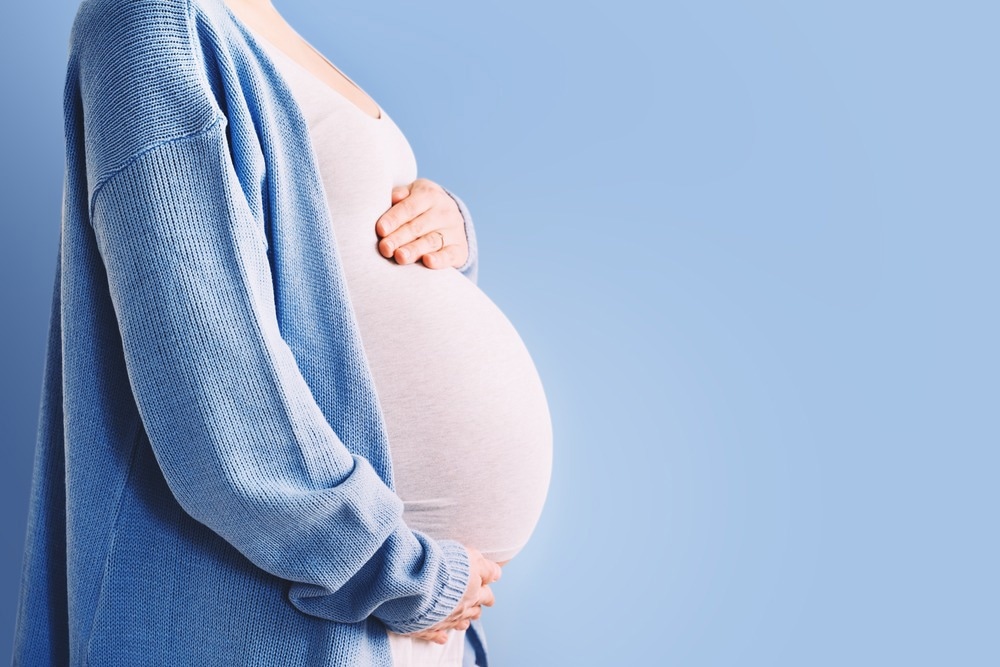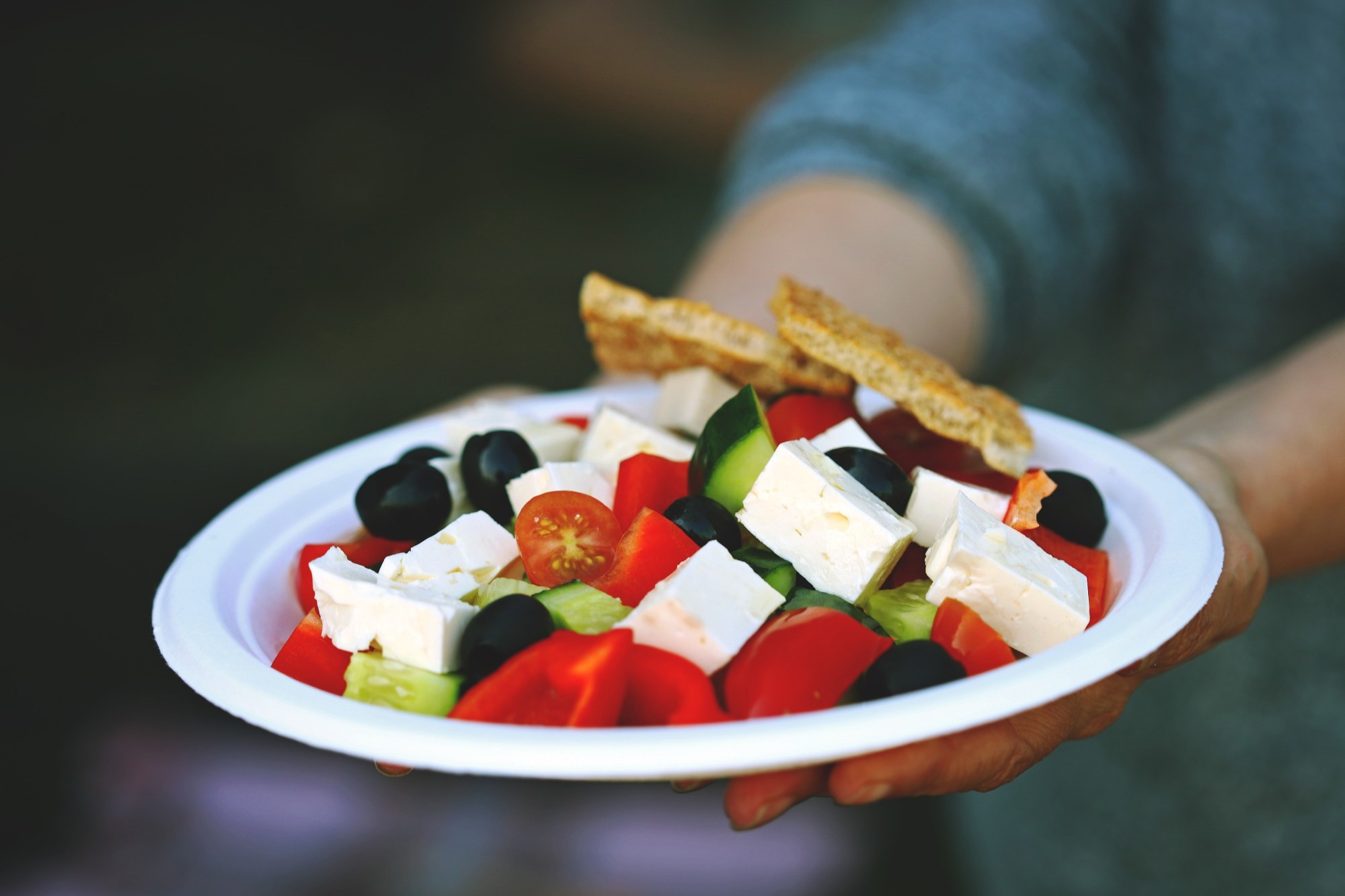In a contemporary learn about revealed in Vitamins, researchers evaluated the affiliation between the time in mattress (TIB) and problem slumbering with nutrient consumption all over the second one trimester (T2) and the 1/3 trimester (T3) of gestation.

Background
Information at the affiliation between nutritional consumption and sleep high quality amongst pregnant ladies is restricted, and in the past revealed research have reported contradictory findings. Comparing the affiliation between TIB and diet a number of the pregnant inhabitants may tell healthcare execs and enhance the usual of care equipped to anticipating ladies.
In regards to the learn about
Within the provide learn about, researchers assessed the connection between food plan and TIB all over T2 and T3 amongst New Zealand (NZ) citizens. In addition they investigated diet-associated slumbering difficulties within the pregnant inhabitants.
All over the second one and 1/3 being pregnant trimesters, pregnant NX citizens, who participated within the “Vitamin in Being pregnant” learn about, stuffed out questionnaires to procure information on demographic, way of life, and clinical parameters. As well as, food plan information have been received from the individuals from one-day interviewer-administered food plan remembers and 3 self-documented meals data.
The questionnaires have been very similar to NZ nationwide diet surveys. Maternal weight, top, biceps, triceps, and skinfolds within the costal area have been measured, and bodily health used to be assessed the use of the 24-hour diary information, along with that of the bodily task diaries. Folks have been enrolled thru ads in loose pediatric care clinics, media ads, and word-of-mouth from non secular and group settings.
In overall, 504 pregnant ladies in gestational week 14 have been enrolled and coupled to interviews of the similar ethnic background who have been certified in group healthcare and diet. The interviewers visited the themes all over the T2 and T3 sessions and post-delivery. The gestation age used to be made up our minds from the date of the newest menstruation, and the severity of morning illness used to be assessed the use of questionnaires.
Nutritional consumption used to be calculated the use of the NZ meals composition database by way of integrating the one-day recall information and three-day meals information to decide the common consumption of all vitamins, by way of the individuals, all over T2 and T3. More than one linear regression modeling analyses have been carried out for the research, with covariates together with maternal anthropometric parameters, ethnic background, socioeconomic standing, morning illness, hours of labor, circle of relatives, childcare and way of life information, pre-pregnancy alcohol consumption, and gestational age when the interviews have been carried out.
Effects
Whole information have been to be had for 370 and 310 ladies all over T2 and T3, respectively. The median TIB values all over T2 and T3 have been 9.8 hours and 10 hours, respectively. In the second one and 1/3 being pregnant trimesters, the time in mattress used to be associated with incapacity or welfare standing, age, and standing of marriage. In the second one trimester, the time in mattress used to be associated with childcare, paintings, instructional standing, and alcohol consumption earlier than being pregnant.
Specifically, TIB values correlated undoubtedly with beer consumption earlier than being pregnant and negatively with wine consumption. Logistic regression modeling confirmed decrease TIB values amongst ladies who ate up alcohol earlier than being pregnant. Fewer important associations have been seen for lifestyle-related covariates for the 1/3 trimester.
All over the second one and 1/3 trimesters, time in mattress used to be lowered with higher nutritional intake, specifically protein, water, potassium, biotin, calcium, magnesium, manganese, and phosphorus. TIB used to be lowered with a better dietary density of nutrition B advanced (riboflavin, thiamine, and niacin), potassium, saturated fat, lactose, and fructose, while better TIB used to be seen with diets wealthy in nutrition E, sucrose, and carbohydrate.
Larger subjective sleep difficulties have been seen with higher gestational week, nervousness, the severity of morning illness, saturated fats and dairy consumption, and lowered diets wealthy in culmination, monounsaturated fat, beta-carotene, and greens. TIB correlated negatively with age, source of revenue, instructional standing, and marital standing and correlated undoubtedly with the frequency of despair and nervousness. In T3, TIB lowered considerably with higher saturated fatty acid (SFA) and potassium density and diminished nutrition E density.
Ladies eating high-sugar diets had better TIB values, while the ones eating with fat- founded and animal protein-based diets had decrease TIB values. Ladies with better morning illness severity and consumption of SFA (T2) and nutrition B6 (T3) reported a better frequency of sleep difficulties. Monounsaturated fatty acid (MUFA) consumption used to be related to advanced sleep.
Conclusion
General, the learn about findings highlighted the affect of food plan and a number of other covariates on TIB values amongst pregnant ladies in New Zealand.
Supply Through https://www.news-medical.web/information/20230228/The-relationship-between-nutrient-intake-and-time-in-bed-in-the-second-and-third-trimesters-of-pregnancy.aspx



